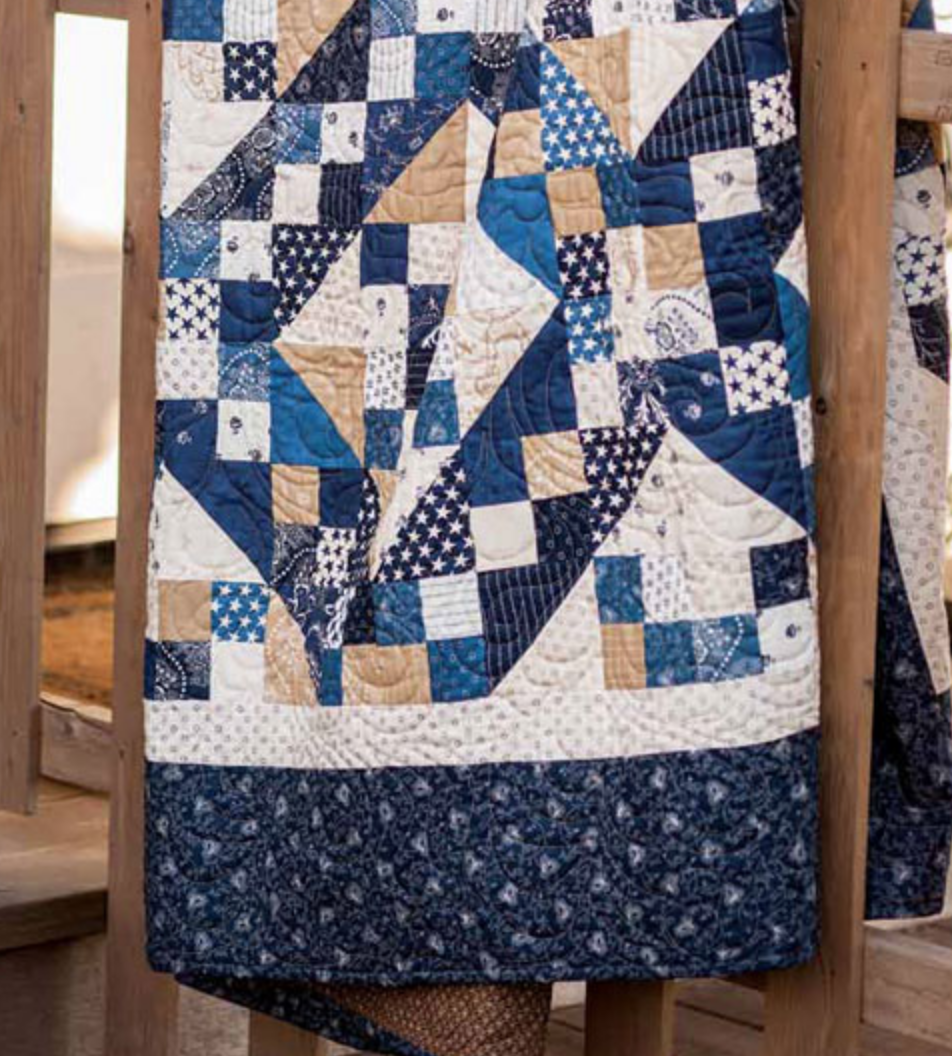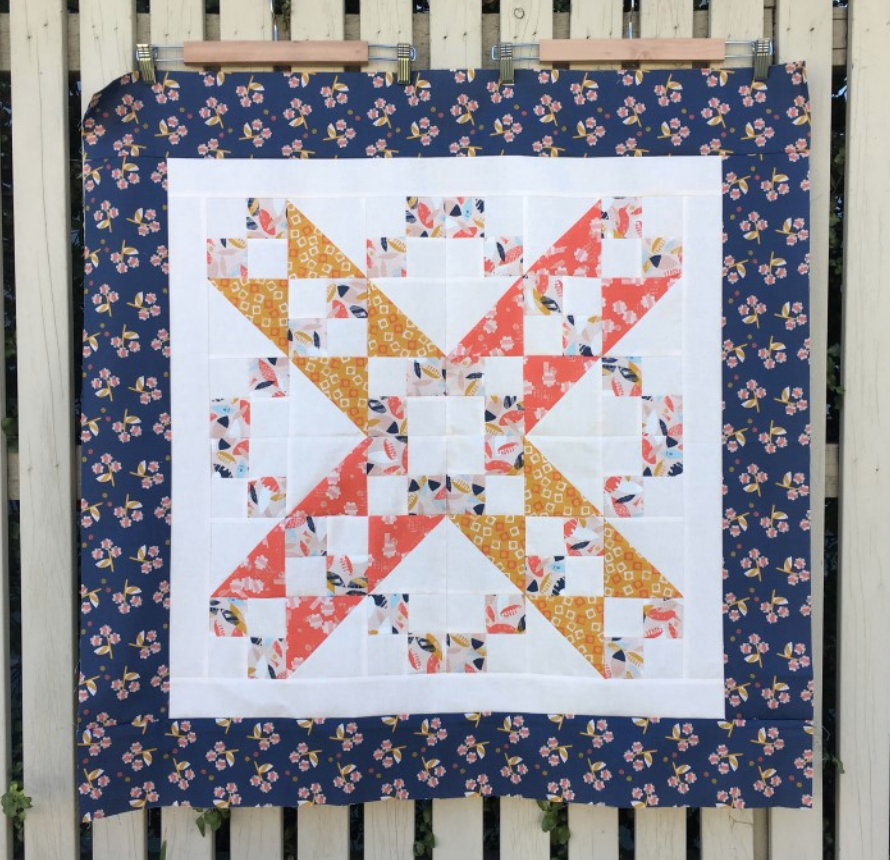Week 25 - Jacob’s Ladder
This week we are making a more traditional block - Jacob’s Ladder Block. A combination of half square triangles and four patch.
In our two blocks, I have changed the placement of the fabrics in the 12” block compared to the 6”. In the 12” block - blue version - I have made the squares that go diagonally the same fabric as the I have used for the half square triangles.
I love that with a small tweak you can change the look of a block. This block is known by other names including Road To California.
There is a bit written about this block an it’s history.
“We’re sure you enjoy quilting as much as anyone out there, but did you know that there’s a long, storied history behind many of your favorite quilt patterns? It might seem silly at a glance, but there’s some intriguing backstory buried beneath famous names like Jacob’s Ladder and Bear’s Paw.
You might never know it, but the quilting tradition stretches back to Biblical times, with a rich tapestry (pun intended) of humanity running all the way up to today. We want to begin by talking about one of the most well-known patterns because it has an unusually twisty story.
Jacob’s Ladder was first discussed in writing in a 1915 book called Quilts : Their Story and How to Make Them, by Marie Webster. It was the first authoritative book on the subject, making the claim that this pattern got its name from the Bible. At the time, Biblical names were popular for quilts for the same reason they were everywhere else in culture: reading the Bible was a big part of everyday family life in America. It seemed like a good assumption, but it turns out that she may not have been right.
The real origins of the pattern are a bit more interesting. In 1929, a writer named Ruth Finley described the Jacob’s Ladder as having a pre-Revolutionary origin, but this idea has been shot down by modern quilt historians. In fact, no example of a quilt with this pattern has been identified before the 20th century, making it a lot more modern than most would assume.
This brings us to the core mystery behind Jacob’s Ladder. Finley noticed that the same pattern was often called the Underground Railroad, bringing to mind the story of Eliza in Uncle Tom’s Cabin, making the brave trek north toward Canada where runaway slaves could be free. While the pattern was unknown during the early 1800s, before the Civil War and the Emancipation Proclamation, perhaps this was evidence that it was originally named in honor of this harrowing chapter of our country’s history?”
Source: Retro Barn
The repeated pattern that comes from this block is quite stunning. Here are a few lovely examples….
Source: Jolly Jabber
Source: Quilting Digest
Source: Blossom Heart Quilts
There you go - there is no end to how these blocks can be rearranged. Hope you have a fantastic week and I will see you back here next Wednesday. Take care, Christine.





